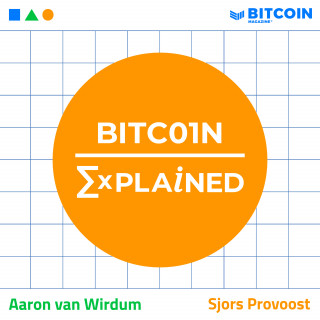

In this episode of Bitcoin, Explained, hosts Aaron van Wirdum and Sjors Provoost welcome Ruben Somsen back on the show to talk about a recent proposal of his called “Silent Payments”. Silent Payments resemble earlier ideas like Stealth Addresses and Reusable Payment Codes, in that they allow users to publish a static “address”, while this is not the actual Bitcoin address they will be paid on. Instead, senders of a transaction can use this static address to generate new Bitcoin addresses for the recipient, for which the recipient — and only the recipient — can in turn generate the corresponding private keys. Like Stealth Addresses and Reusable Payment Codes, the benefit of Silent Payments is that addresses can be posted publicly without harming users’ privacy; snoops cannot link the publicly posted address to the actual Bitcoin addresses that the recipient is paid on. Meanwhile, unlike Stealth Addresses and Reusable Payment Codes, Silent Payments do not require any additional blockchain data— though this does come at a computational cost for the recipient. The podcast episode details all this in roughly two parts. In the first half of the episode, Ruben, Aaron and Sjors break down how Silent Payments work, and in the second half of the episode they discuss how Silent Payments compare to Stealth Addresses and Reusable Payment Codes, as well as some potential implementation issues.